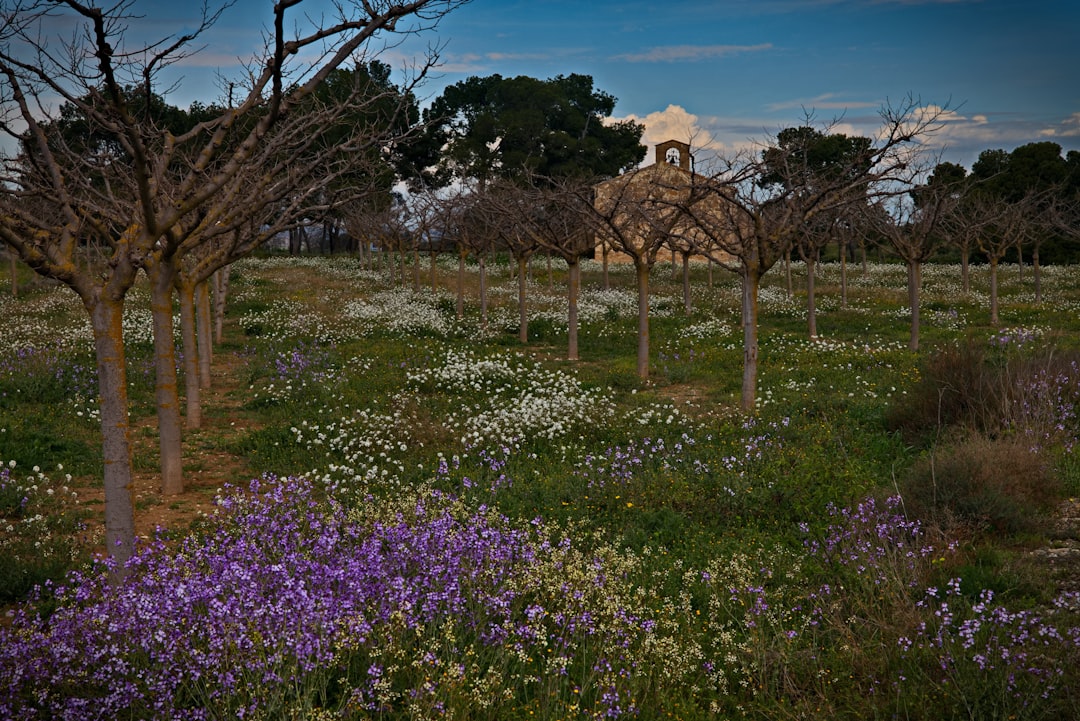Unveiling the Mysteries of Bleeding Hearts in Your Garden

When it comes to creating a beautiful and enchanting garden, few flowers can rival the charm of bleeding hearts. These delicate and unique perennials have long been a favorite among gardeners, but there are many questions that often arise about their care and cultivation. In this guide, we will explore the answers to some of the most common questions, such as whether bleeding hearts are deer - resistant and where they grow best.
First, let's address the question of deer resistance. Deer can be a major nuisance in many gardens, munching on plants and leaving a trail of destruction in their wake. Fortunately, bleeding hearts are generally considered to be deer - resistant. The reason for this lies in their toxic nature. Bleeding hearts contain alkaloids that are unpalatable to deer. When deer come across these plants, they are likely to move on in search of more appealing fare. However, it's important to note that no plant is completely deer - proof. In times of extreme hunger, deer may still nibble on bleeding hearts, but it is much less likely compared to other non - resistant plants.
Now, let's talk about the ideal growing conditions for bleeding hearts. These plants thrive in partial shade to full shade. They are native to woodland areas, where they are accustomed to dappled sunlight filtering through the tree canopy. In a garden setting, a spot under a large tree or on the north - facing side of a building can provide the perfect amount of shade. Too much direct sunlight can cause the leaves to scorch and the flowers to fade quickly.
The soil is another crucial factor for the successful growth of bleeding hearts. They prefer rich, moist, and well - drained soil. Adding organic matter such as compost or well - rotted manure to the soil before planting can improve its texture and fertility. The soil should be kept consistently moist, but not waterlogged. Overwatering can lead to root rot, which can be fatal to the plant. A layer of mulch around the base of the plant can help retain moisture and keep the soil cool.
When it comes to planting bleeding hearts, the best time is in the early spring or fall. Dig a hole that is slightly larger than the root ball of the plant. Place the plant in the hole, making sure that the crown is at or slightly above the soil level. Backfill the hole with soil and gently firm it around the plant. Water thoroughly after planting.
Bleeding hearts are known for their heart - shaped flowers that dangle from arching stems. These flowers come in a variety of colors, including pink, white, and red. They typically bloom in the spring and early summer, adding a splash of color to the garden when many other plants are just starting to wake up. Deadheading, or removing the spent flowers, can encourage the plant to produce more blooms.
As perennials, bleeding hearts will come back year after year with proper care. In the fall, as the foliage begins to die back, it can be cut down to the ground. This helps the plant conserve energy for the winter months. In colder climates, a layer of winter mulch can be added to protect the roots from freezing temperatures.
Propagation of bleeding hearts can be done through division. Every few years, in the early spring or fall, the plant can be carefully dug up and divided into smaller sections. Each section should have a healthy root system and a few shoots. Replant the divisions in a suitable location, and they will soon establish themselves as new plants.
In conclusion, bleeding hearts are a wonderful addition to any garden. Their deer - resistant nature, beautiful flowers, and relatively easy care make them a popular choice for both novice and experienced gardeners. By providing the right growing conditions, including shade, rich soil, and proper watering, you can enjoy the beauty of these plants for many years to come. Whether you're looking to add a touch of romance to your garden or simply want to create a peaceful woodland oasis, bleeding hearts are sure to delight.